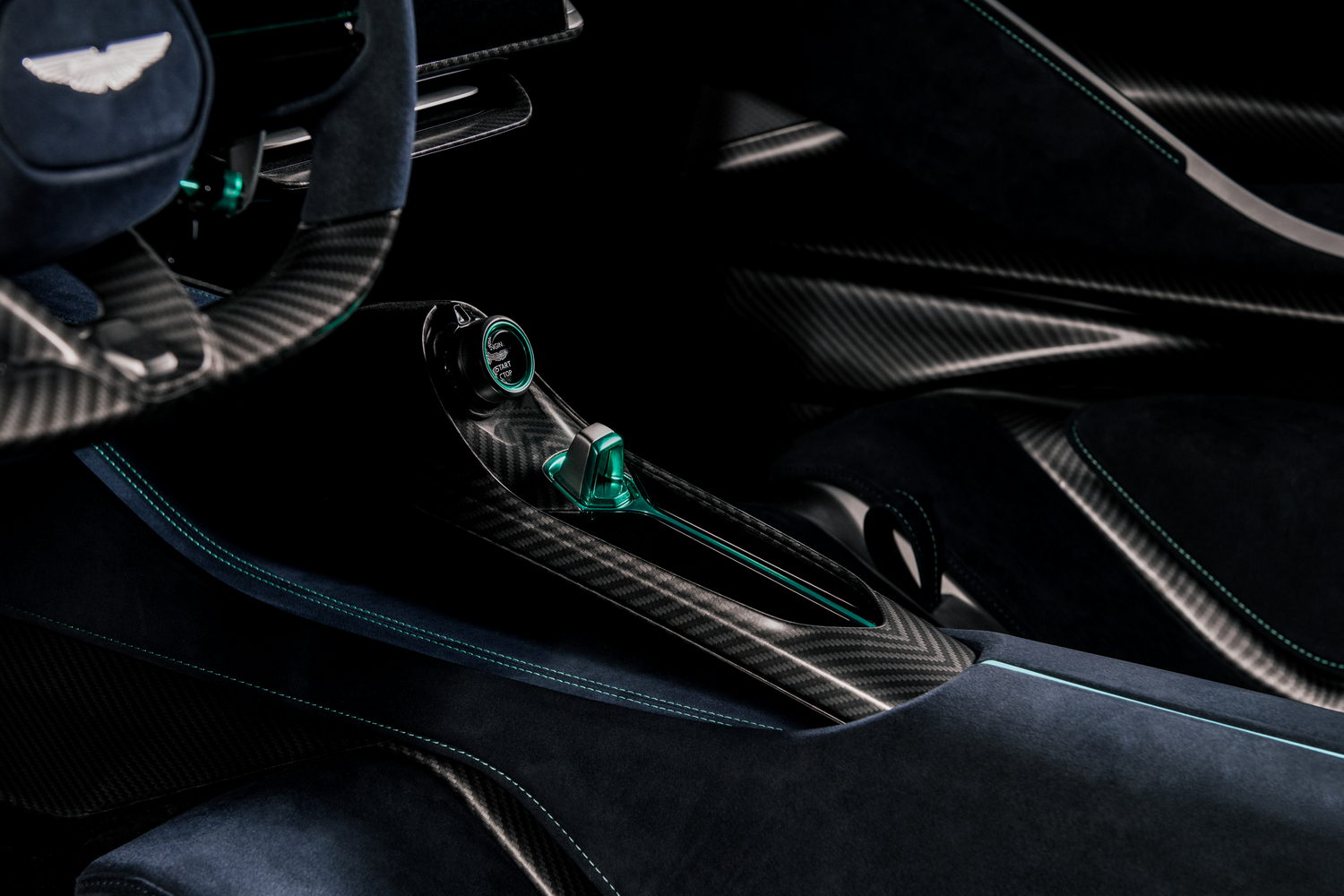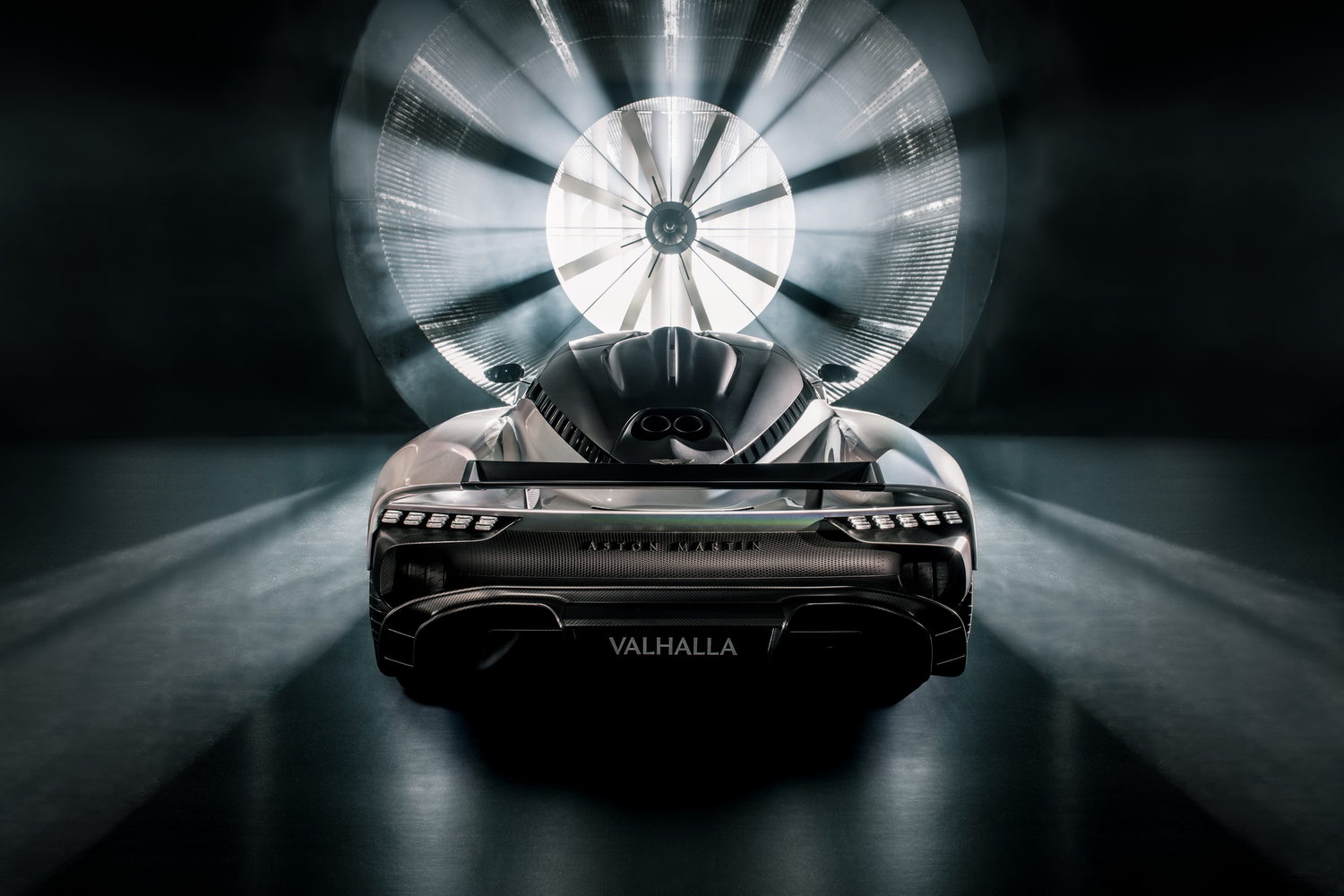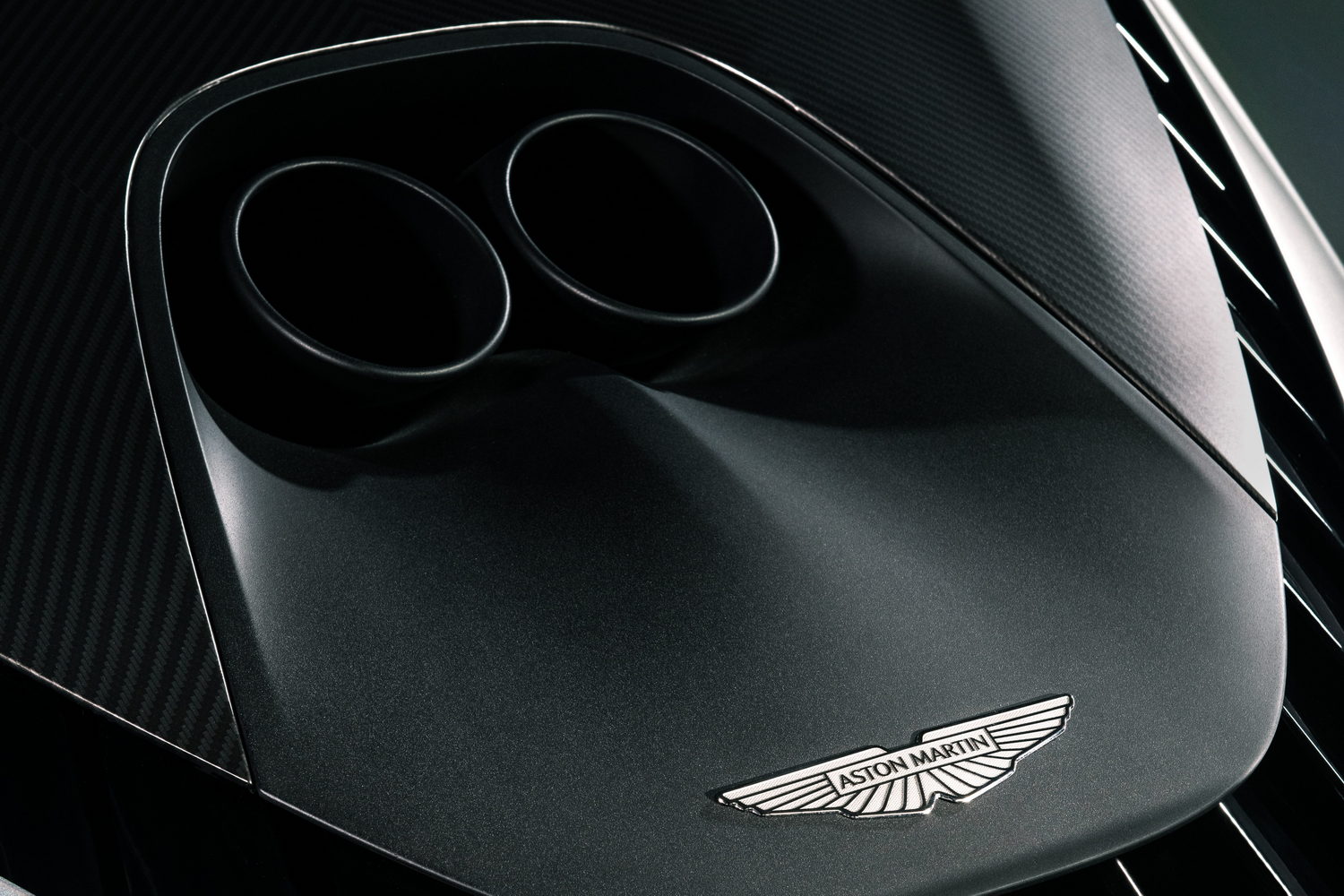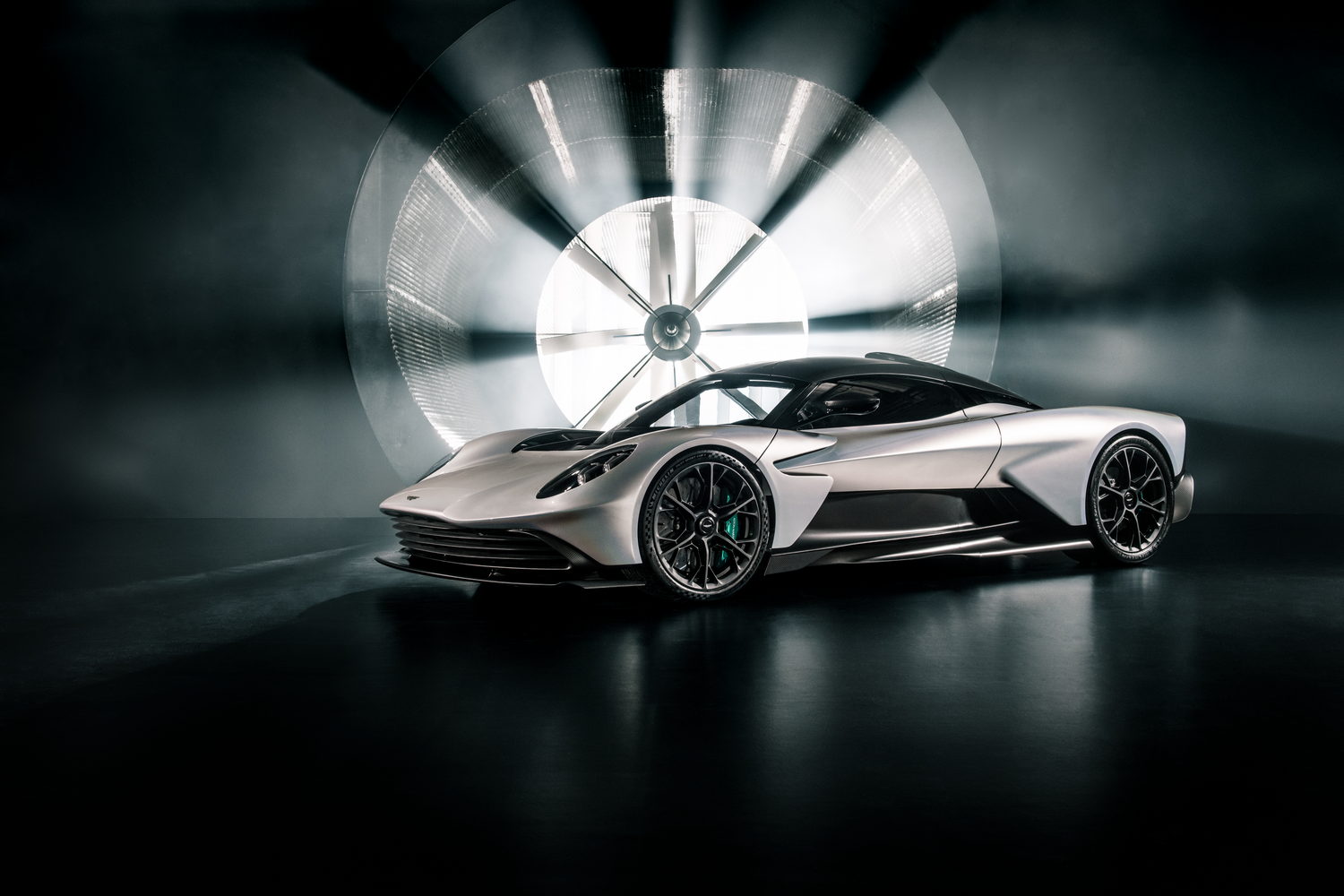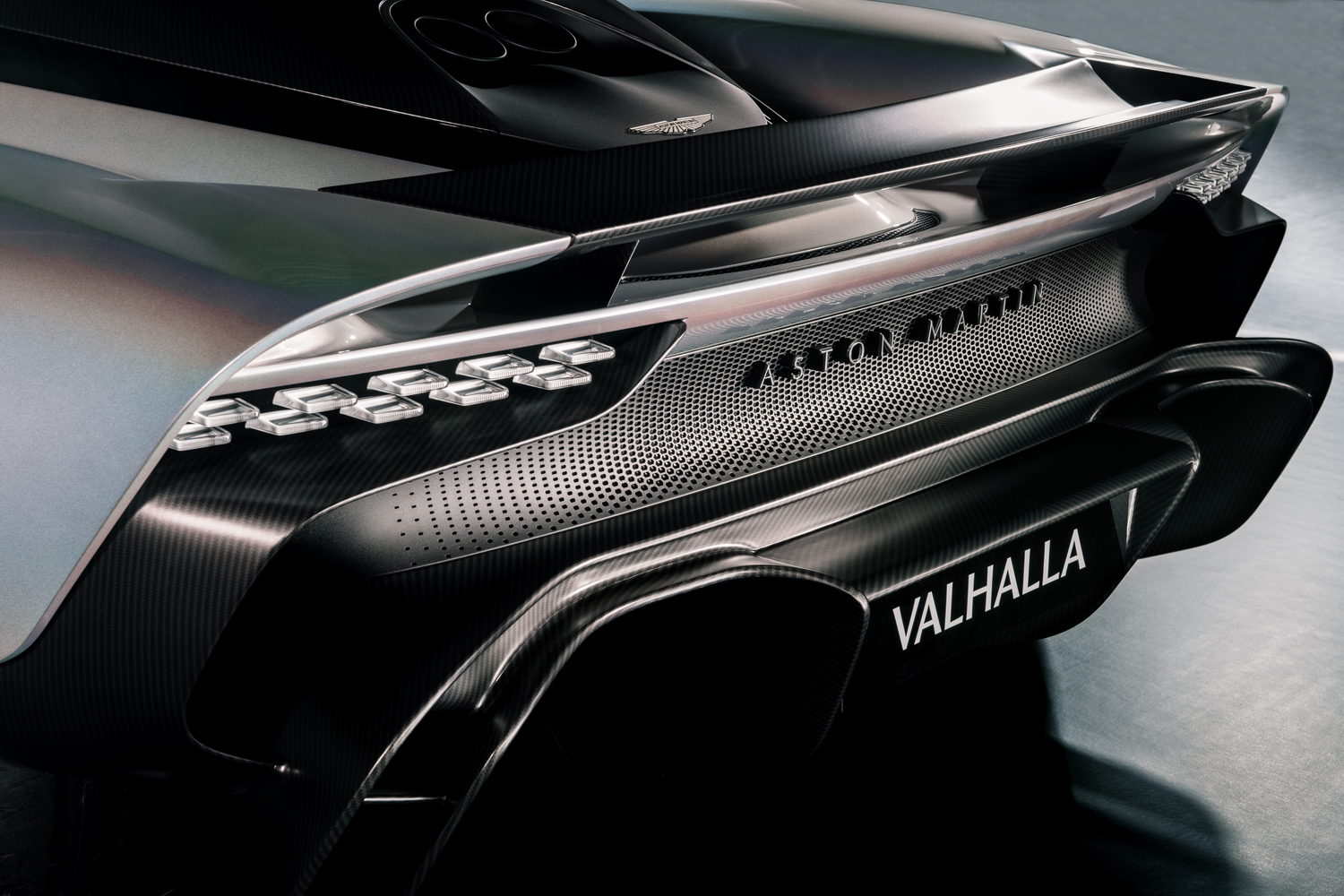Aston Martin has released some more information about the Valhalla, its first mid-engined production car due to arrive in 2024. Development of the new model is in full swing, and Aston Martin is taking advantage of its involvement in the 2024 Formula One world championship to help accelerate that program. Calling F1 'the world's fastest laboratory' Aston Martin is using race-proven methods, expertise and tech to ensure the new road car is fast and reliable.
A convergence of skills
Marco Mattiacci, Global Chief Brand and Commercial Officer of Aston Martin confirmed: "Aston Martin's vision is to build a range of exceptional, class-leading driver focused cars, crucial in the expansion of our core product line-up. As such our first series production mid-engine supercar will be transformational for this ultra-luxury performance brand as well as for the mid-engine segment. Valhalla represents Aston Martin's first joint development integration between our road car engineers and F1 team's engineering capabilities through Aston Martin Performance Technologies (AMPT), and demonstrates Aston Martin's breadth of capabilities."
AMPT is the critical factor in the transfer of expertise between the road and race car divisions, and it's helping with the driving dynamics, aerodynamics and materials used in the construction of the Valhalla.
Starting with the dynamics, the road car development team have taken a leaf out of the F1 team's book and used computer simulation to set the vehicle up, with 90 per cent of development conducted virtually. These simulation tools are said to have created the driving dynamics needed for a high-performance mid-engined supercar, while final development on road and track will see F1 drivers Fernando Alonso and Lance Stroll push the Valhalla to its limits before final sign-off on the car's dynamics are completed.
The F1 involvement doesn't end there, because the Valhalla's cockpit will draw inspiration from the AMR23 race car, with a raised floor lifting the driver's heels, while the seat can be reclined for a single-seater feel, yet the car will retain the comfort needed from a road car according to Aston Martin.
Wings and things
In terms of aerodynamics, the Valhalla won't have pronounced wings like other mid-engined sports cars. The Valhalla team have used the same Compound Fluid Dynamics (CFD) software as the F1 team to analyse and adjust airflow around the car.
Beneath the Valhalla is a sculpted floor similar in concept to the AMR23 racer's, and this will generate the downforce needed to ensure cornering grip at high speed. There are multi-element wings front and rear, but these are integrated into the body so as to not be visible, while active aerodynamics mean that they can reduce drag or boost downforce as required.
Other design elements that help increase downforce include slats in the sill ahead of the rear wheels that act as mini diffusers to pull airflow out from under the car, while a roof-mounted snorkel feeds air to the engine, as well as cooling the intercoolers. Altogether, the Valhalla's aerodynamic package can generate 600kg of downforce at 240km/h.
Hi-tech materials everywhere
As well as being Aston Martin's first mid-engined production car, the Valhalla is also the first car from the company to use carbon fibre construction for its main structure. This ensures immense strength and lightness, while the AMT team have been able to pinpoint what parts of the structure need to be strengthened to ensure good crash test performance.
The carbon safety cell sees a twin-turbocharged V8 engine mounted at the rear and twin electric motors up front, so the 1,012hp Valhalla is four-wheel drive. Engineers have again turned to their F1 contemporaries to help develop the car's electronics, with independent torque vectoring of the front wheels, while those two motors also provide power for reversing, which helps save weight within the engine's transmission. In addition, there's a third electric motor mounted on the transmission that offers a starter-generator function and provides additional power to the rear wheels.
Speaking about the co-operation between departments, Carlo Della Casa, Aston Martin Product Development Director said: "The knowledge and experience of the AMF1 team personnel at Aston Martin Performance Technologies combined with the skills and know how of our road car development teams has enabled us to bring direct F1 learnings to sports car development. Our target for Valhalla is to produce a supercar that will set best-in-class standards for performance, dynamics and driving pleasure.
"Valhalla will use active technologies to reduce the gap between the 'gentleman driver' and the professional one on track. Having open access to the knowledge within the AMF1 team has been a huge advantage for us as we develop this incredible car."
Roadgoing prototypes of the Valhalla are expected to hit the road later this year, ahead of production starting in 2024. Aston Martin is limiting the Valhalla to 999 examples worldwide.



